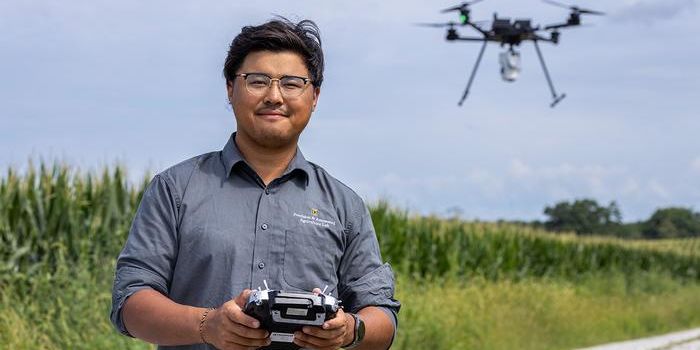In San Diego, residents have been dealing with aggressive coyotes and the struggle could go up a notch and turn violent.
California state law allows residents to trap or shoot nuisance coyotes, but in an urban setting like San Diego, that becomes a problem. Not only are the coyotes well adapted to city life and difficult to catch, but local firearms restrictions play a part as well.
If a coyote attacks a person, both state and federal officials will step in. If the animal is only harming pets, destroying property or lingering around public areas, people can kill the coyotes themselves.

The problem is that within the San Diego city limits, firearms ordinance prohibit the discharge of a firearm in public areas. Trapping is permitted, but not every citizen knows how and professional trappers can cost thousands of dollars. Residents in Southern California are taking precautions to discourage the coyotes and hopefully prevent them from getting out of hand.
Most officials advise residents that the best strategy is to avoid letting coyotes become comfortable around humans. They urge residents to keep pets in at night, remove pet food and trash from their yards, and haze coyotes with noise, rocks or water guns. Coyotes in San Diego are especially bold though, having gotten used to the urban area.
It's when the animals become accustomed to humans and their environment that the problem becomes more serious.
"I've lived in San Diego in my whole life, 50 years, but I've never seen coyotes being this brazen," said Matthew Tinney, who lives in the Fletcher Hills community of El Cajon, where coyotes venture onto his driveway and jump the backyard fence. Recently he happened to glance out the window and see a coyote staring into the house, focused on the family dog, a Chihuahua.
"I remember back in the days when you'd yell at them and they'd take off scared," he said. "These guys are not scared. They're not afraid of anything."
The California Department of Fish and Wildlife becomes involved when a coyote attacks a person. That's what happened in January of 2015 when a San Diego woman was bitten on the leg during an early morning run. A trap was placed, but the offending coyote was never captured.
If a coyote is approaching people or eating pets, however, residents can act on their own.
Unlike game animals and endangered or protected species, coyotes have no special protection. Anyone can kill them without tags or permits, the concern the method.
Although state law allows shooting of nuisance coyotes, it requires anyone who does so to comply with local ordinances. And most cities have restrictions on discharge of firearms within city limits, where an errant shot could endanger people nearby. That leaves trapping, which is legal for residents to do themselves, as long as the trap is placed on their own private property. Knowing how and where to trap is more complicated.
"Coyotes are not easy to catch," said Vince Piyamanothamkul, owner of the San Diego-based company, A All Animal Control. "You have to really monitor these guys and follow their trail to place the trap in the right location."
Discouraging coyotes from invading public space and becoming violent doesn't have to involve taking out an entire pack however. Removing a few of the more aggressive coyotes can often keep the others in check, by sending a warning signal to the rest of the pack and preventing the bold ones from training juveniles, said Rex Baker, a professor emeritus of agricultural biology at Cal Poly Pomona, who is one of California's leading experts on the animals.
"When all of a sudden there's a danger flag thrown up, that affects their behavioral imprint," he said. "That makes them a little bit wary and cautious."









